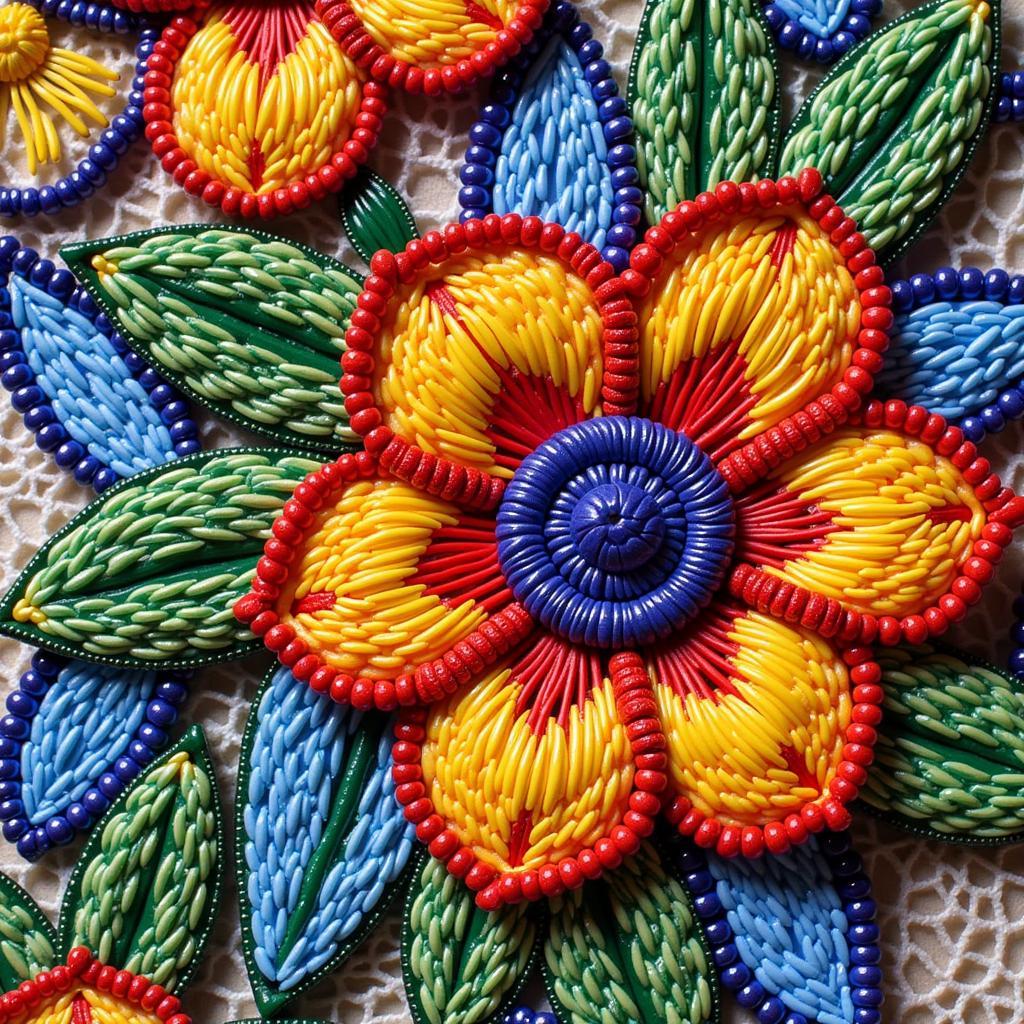The African Ebony Tree: A Legacy of Beauty and Resilience
The African Ebony Tree, a majestic hardwood native to the savannas and forests of Africa, has captivated the world for centuries with its striking black wood and remarkable density. More than just a source of timber, this iconic tree holds cultural significance, plays a vital role in the ecosystem, and faces increasing threats to its survival. Journey with us as we explore the fascinating world of the African ebony tree, delving into its history, uses, and the ongoing conservation efforts to protect this natural treasure.
A Tree of Strength and Shadow: Unveiling the African Ebony
The African ebony tree, scientifically known as Diospyros crassiflora, belongs to the Ebenaceae family. Distinguished by its dark heartwood, which ranges from jet black to streaked brown, this slow-growing tree can reach heights of up to 45 feet. Its dense, fine-grained wood, prized for its durability and lustrous finish, has made it a sought-after material for centuries.
From Ancient Uses to Modern Applications: The Enduring Allure of Ebony
The history of African ebony is intertwined with human civilization, dating back to ancient Egypt, where it was used for furniture, sculptures, and even cosmetic Kohl eyeliner. Across Africa, ebony’s strength and durability made it ideal for crafting tools, weapons, and musical instruments. The dense wood also found its way into religious ceremonies, with carvings representing ancestral spirits and deities.
Today, the demand for African ebony remains high, particularly for musical instruments like clarinets, oboes, and piano keys. Its acoustic properties, coupled with its luxurious aesthetic, make it a top choice for musicians worldwide. Beyond music, ebony continues to be used for high-end furniture, sculptures, and decorative items, reflecting its enduring appeal.
More Than Just Wood: The Ecological Significance of the African Ebony
The African ebony tree plays a crucial role in its ecosystem. Its dense canopy provides shade for undergrowth, creating a microhabitat for various plant and animal species. Its fruits, though not widely consumed by humans, serve as a food source for birds and animals. Furthermore, the tree’s deep roots help prevent soil erosion, contributing to the health and stability of the surrounding environment.
 African Craftsman Carving Ebony
African Craftsman Carving Ebony
The Shadow of Overexploitation: Safeguarding the Future of African Ebony
The high demand for African ebony, coupled with habitat loss due to deforestation and agriculture, has placed significant pressure on this valuable species. Overexploitation and illegal logging have decimated populations in some regions, raising concerns about its long-term survival.
Recognizing the urgent need for conservation, international organizations, governments, and local communities are collaborating to protect the African ebony tree. Initiatives include:
- Implementing sustainable harvesting practices: Promoting selective logging and replanting efforts to ensure the long-term viability of ebony populations.
- Strengthening law enforcement: Cracking down on illegal logging and trade to curb the unsustainable exploitation of ebony.
- Raising awareness: Educating consumers about the importance of sourcing ebony from sustainable and ethical sources.
The Future of a Legacy: Ensuring the Ebony Tree’s Enduring Presence
The African ebony tree, with its rich history and ecological significance, stands at a crossroads. By understanding the threats it faces and supporting conservation efforts, we can help ensure that this iconic tree continues to grace the African landscape for generations to come.
Choosing sustainably sourced ebony products supports responsible forestry practices and helps protect this valuable resource. Furthermore, supporting organizations dedicated to reforestation and community-based conservation initiatives can make a tangible difference in safeguarding the future of the African ebony tree.
Let us act now to preserve this legacy of beauty and resilience, ensuring that the African ebony tree continues to inspire awe and wonder for generations to come.
FAQs About the African Ebony Tree
What makes African ebony wood so valuable?
African ebony wood is highly prized for its dense, fine-grained texture, lustrous finish, and extreme durability. Its rich, dark color, often jet black, adds to its desirability for high-end furniture, musical instruments, and decorative items.
Is it legal to buy and sell African ebony?
The trade of African ebony is regulated under CITES (the Convention on International Trade in Endangered Species of Wild Fauna and Flora). It’s crucial to purchase ebony products from reputable dealers who can provide documentation verifying the wood’s legal and sustainable sourcing.
How long does it take for an African ebony tree to mature?
African ebony trees are slow-growing, taking several decades to reach maturity. This slow growth, combined with overexploitation, contributes to the vulnerability of ebony populations.
What are some alternatives to using African ebony wood?
As the demand for ebony continues to rise, exploring sustainable alternatives is crucial. Some options include:
- Using reclaimed ebony: Repurposing wood from old furniture or structures helps reduce the demand for newly harvested ebony.
- Exploring alternative woods: Several other wood species, such as African Blackwood and Macassar Ebony, offer similar properties to African ebony and can be sourced more sustainably.
- Supporting innovative materials: Researchers and designers are developing eco-friendly alternatives to traditional hardwoods, offering promising solutions for the future.
You Might Also Be Interested In:
- African ebony tree seeds: Learn more about the propagation and growth of this remarkable tree.
- African blackwood tree images: Explore the beauty of this closely related and equally stunning tree species.
For any inquiries or assistance, please do not hesitate to contact us:
Phone: +255768904061
Email: [email protected]
Address: Mbarali DC Mawindi, Kangaga, Tanzania
Our dedicated customer support team is available 24/7 to assist you.




